
There is plenty to like about the Volkswagen ID.3, but it’s far from perfect.
The Volkswagen ID.3 is the most hyped electric car of 2020 and is the first of a new wave of electric vehicles to come from the German car brand over the next few years. Its dimensions closely resemble that of the evergreen Volkswagen Golf, to give you an idea of where this car sits in the world. But being electric means that some of the packaging is a little better inside, resulting in slightly more interior space.
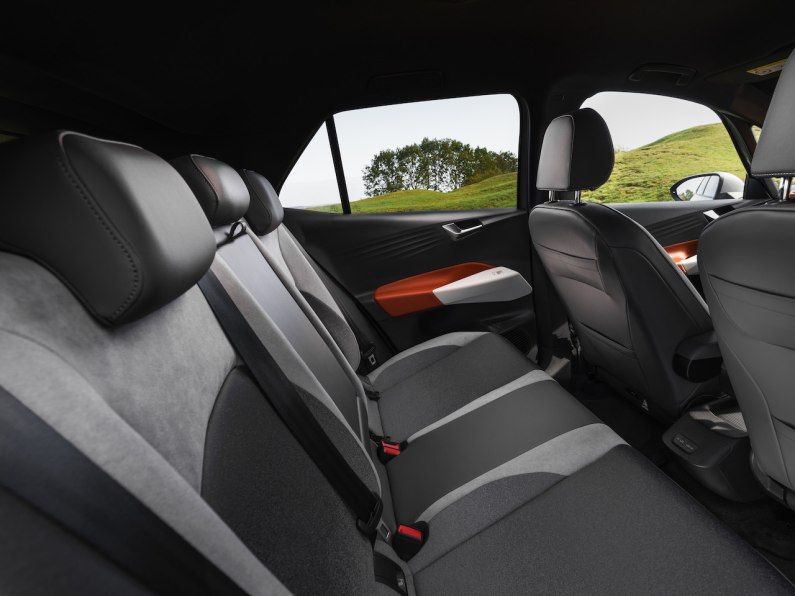
This particular car is the ID.3 1st Edition, which is one of the initial production models, and it uses a 58kWh battery, providing enough energy for a single-charge driving range of up to 260 miles. That battery is the mid-size one, with Volkswagen also planning to offer a 200-mile 45kWh unit and a range-topping 77kWh battery that will enable journeys of up to 340 miles on a full charge.
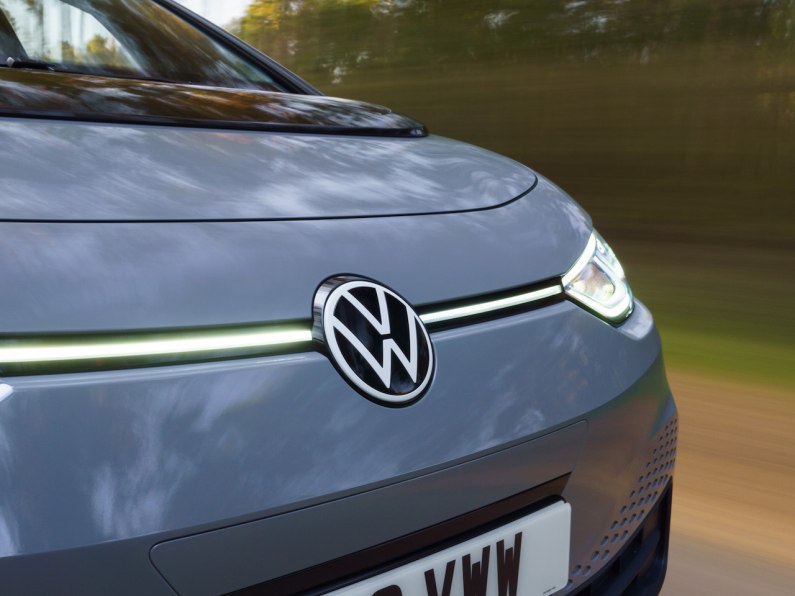
There’s a friendliness to the exterior design of the ID.3. With the wheels pushed out to either end of the car to help accommodate the battery within the floor of the car - a bit like a skateboard - it gives the car a solid, planted stance. Being electric means there is less need for a large open grille at the front, but the ID.3 still has a face of sorts. LED headlights include a daytime running light signature that adds a light bar that spans the front of the car with the VW logo at the centre. It adds a layer of distinction to the car that makes it stand out a bit more in traffic.
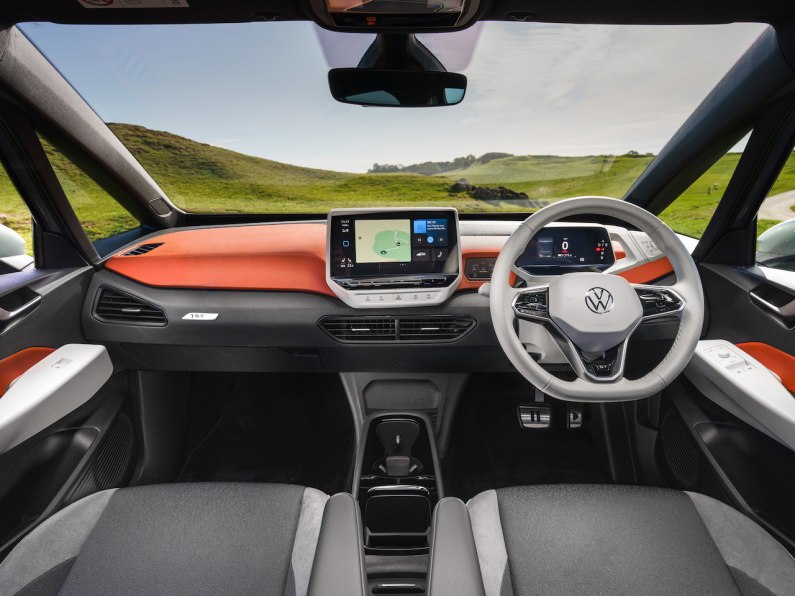
When you first sit inside it seems very different from anything that Volkswagen has made previously. A distinct lack of physical buttons is one of the first things you spot, with almost everything being controlled via a 10-inch touchscreen display that’s angled towards the driver. It stands almost free of the dashboard, as if it’s perched there, and along its base is a capacitive panel that lets you adjust the volume by sliding your finger from left to right. The same functionality is used on either end for the temperature controls for the front occupants. It might seem futuristic or minimalistic to some, but I’d still prefer physical buttons or dials for these functions.
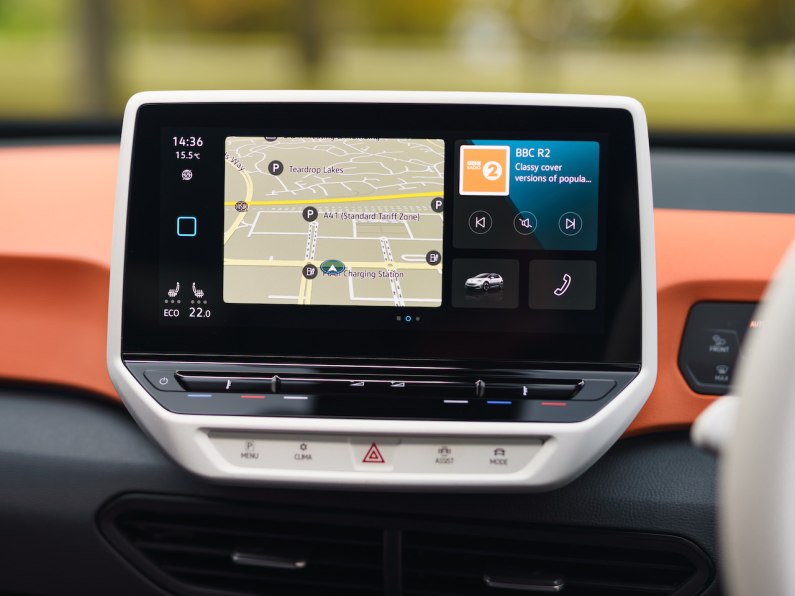
Additional shortcut ‘buttons’ on the front of the panel bring you to the drive modes, climate control, park assist and driver assistance functions. The infotainment system itself looks quite snazzy, although it’s not the most intuitive thing to navigate. Speaking of navigation, the mapping graphics look strangely dated, more like something out of an old video game than the latest electric vehicle. Right now you can’t use Apple Carplay or Android Auto with the car. These are due to come with an update in January 2021, which is a minor inconvenience for those early adopters.

The compact digital instrument display is simple but effective, showing turn-by-turn navigation if required, road signs and a simple view of what the adaptive cruise control is seeing on the road ahead. Just like the BMW i3, the drive selector for forward or reverse is on the side of the instrument binnacle, with the park function on the end. The positioning of it here helps free up some more space between the front seats, where there is a mobile phone holder, two cupholders and two USB-C ports.
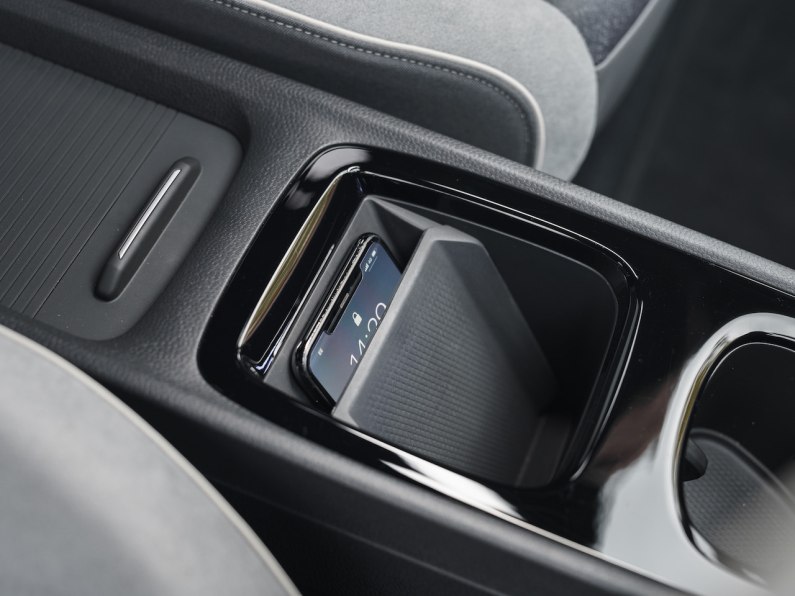
There are only two electric window switches on the door panel, with a touch-sensitive ‘rear’ area that brings functionality for the buttons when pressed. That panel also has touch area to select the door mirror adjustment and central locking, but it’s just a bit fiddly to use and doesn’t always respond to your first touch.
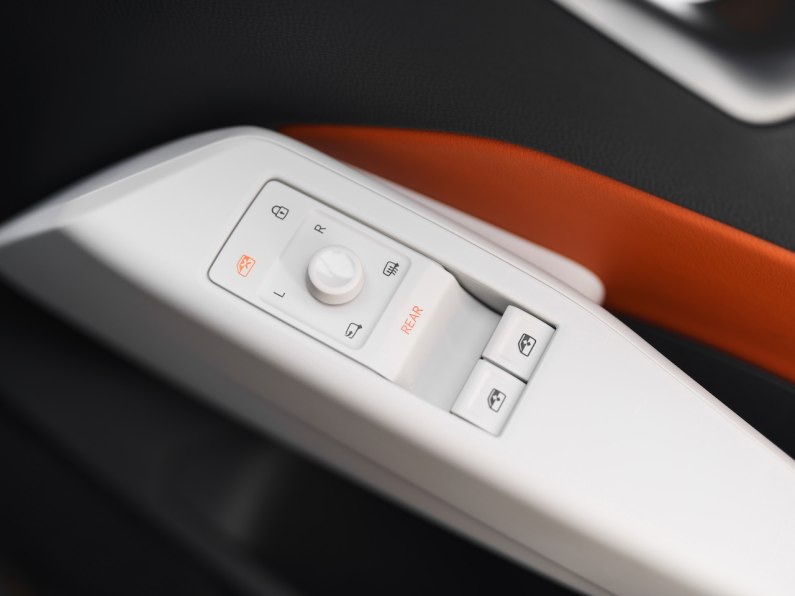
In time, Volkswagen will offer an augmented reality head-up display that projects onto the windscreen, which does sound promising and one to get the technophiles excited. However, these things are still a bit away, and during my time with the car there were several occasions when the infotainment system underperformed suggesting that there are still some bugs and kinks to be ironed out.
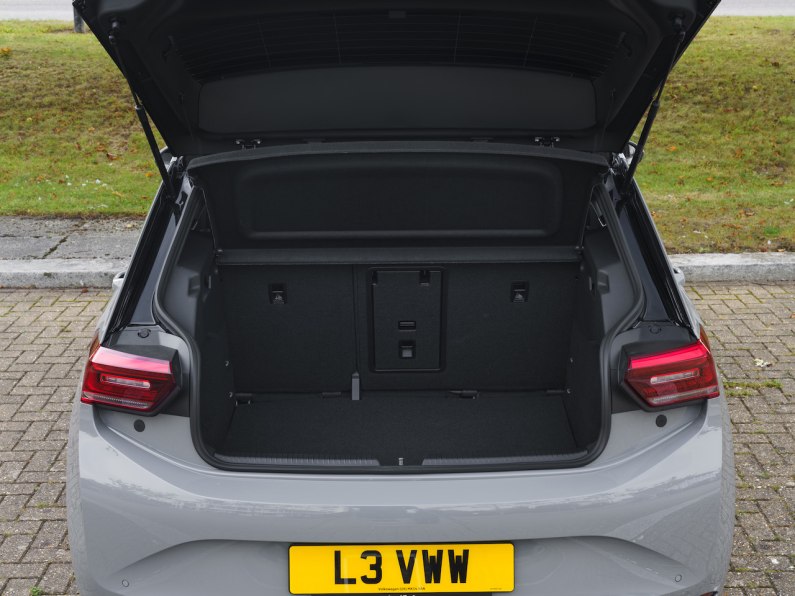
Rear passenger space is adequate but not all that much more than what you’d find in a similarly sized Volkswagen Golf. The amount of head and legroom is sufficient for two adults in the rear, but the middle seat is a bit tighter for space. At 385 litres the boot is only slightly larger than the Golf, and its capacity can increase to 1,267 litres when the rear seats fold forward. However, they don’t fold fully flat with the boot floor.

That aside, the ID.3 drives in a very normal and expectedly typical Volkswagen way. It just gets on with it, and a lot of people are going to like that. After all, this has to be a regular car for a lot of people. For the majority of the time, you aren’t that aware of this being a rear-wheel-drive car. You aren’t going to be powersliding out of corners and laying on handfuls of opposite lock. The 201bhp electric motor is more than enough for the car, and it can reach 62mph from rest in 7.3 seconds. Not hugely rapid but not slow either. A top speed of 99mph means it’ll do the motorway stuff comfortably, and it does coast quite well when you aren’t in energy recovery mode.
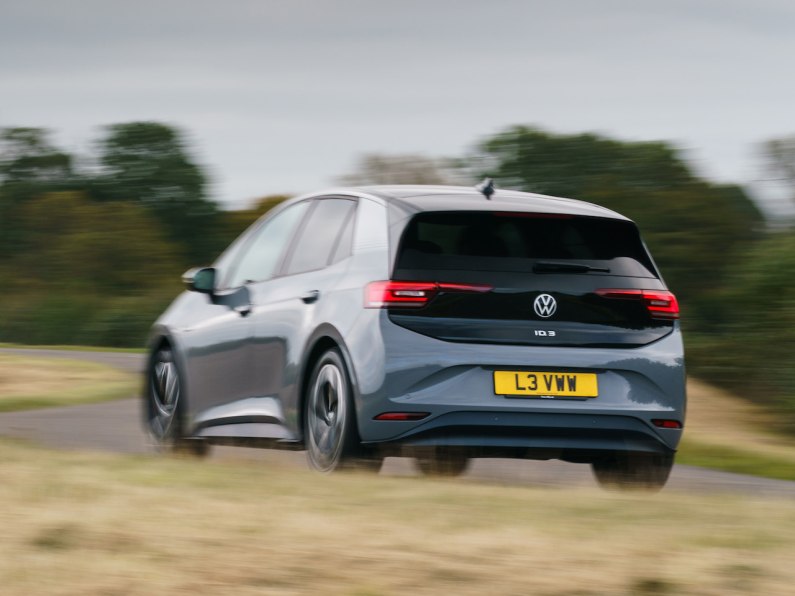
Considering what many expect from an electric vehicle is quietness, the Volkswagen isn’t exactly a cocoon of silence on the move. There’s a bit of road noise there, especially at higher speeds but it’s not loud enough to become annoying. Better still is the way the ID.3 rides over surface imperfections. The primary ride is excellent, cushioning and absorbing the harsher bumps with ease. Get the Volkswagen out of town and onto a more challenging road and it won’t disappoint either. Precise steering and an abundance of grip helped in part by the car’s low centre of gravity, makes it a fun thing to drive.
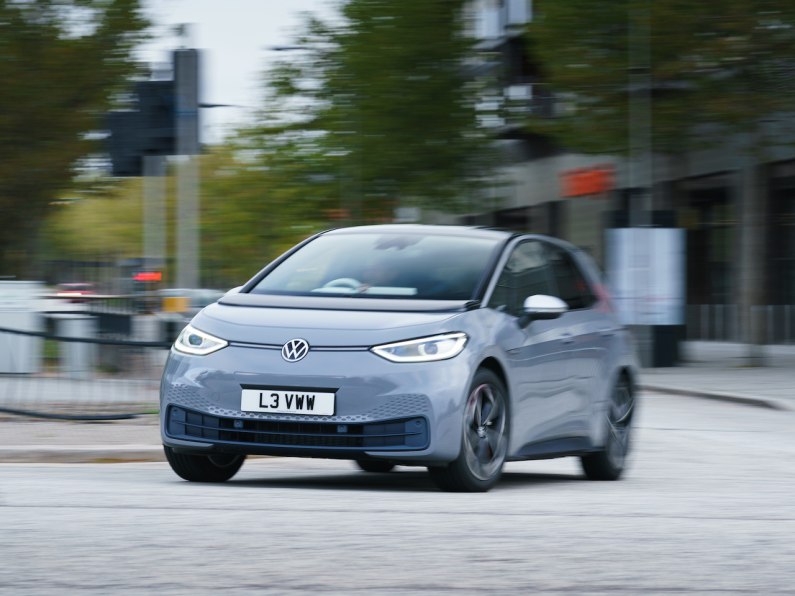
When driving in this way the range does start to reduce, and a realistic figure to expect is around 185 miles. However, stick to more urban driving and that figure jumps back up, and most people should see close to what Volkswagen claims. A further benefit of the ID.3 is that it can rapid charge at up to 100kW, so if you can find such DS charger on a motorway journey it could minimise the amount of time needed to stop. The 78kWh version will be capable of even faster charging rates of up to 125kW. At home, the ID.3 can charge at up to 11kW on AC power.
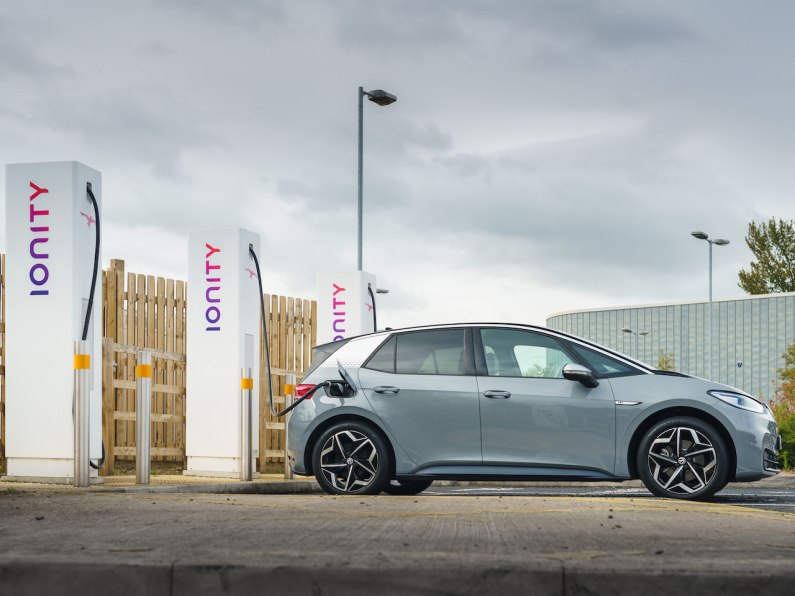
Although the Volkswagen ID.3 isn’t perfect right now, it does make for a very competent electric car, and once the minor niggles are resolved it will be a much better car. If you’re keen to take the plunge and make a move to an electric vehicle, this is one that’s very appealing.
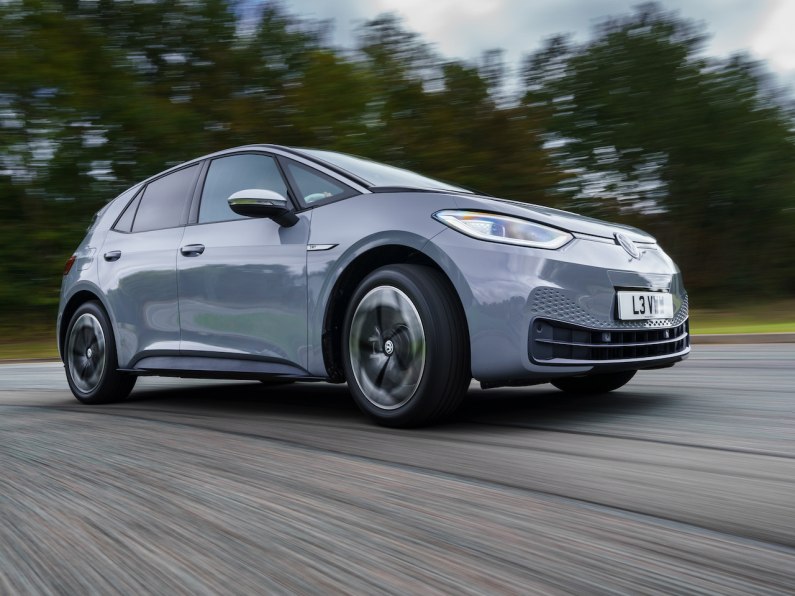
Model: Volkswagen ID.3 1st Edition
Price: £35,880 (including PiCG)
Engine: electric motor
Power: 201bhp
Torque: 310Nm
0-62mph: 7.3 seconds
Max speed: 99mph
Driving range: 260 miles
WLTP CO2: 0g/km

